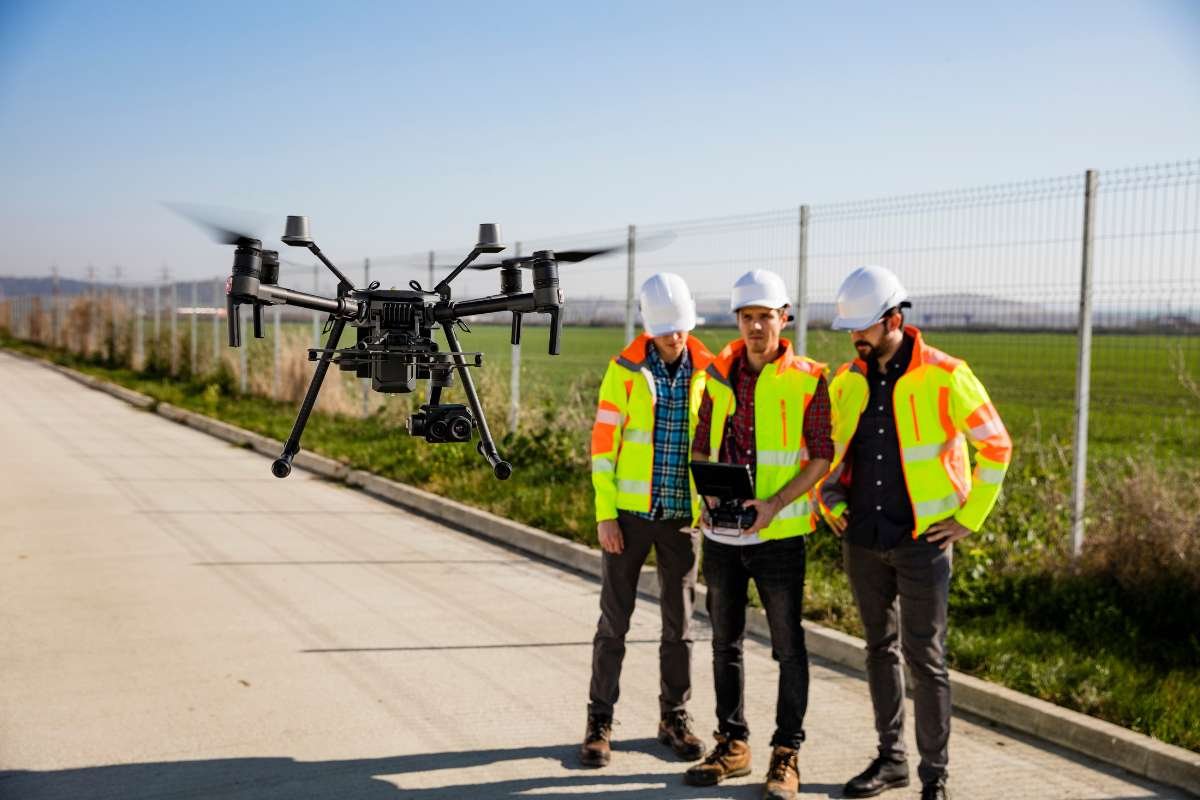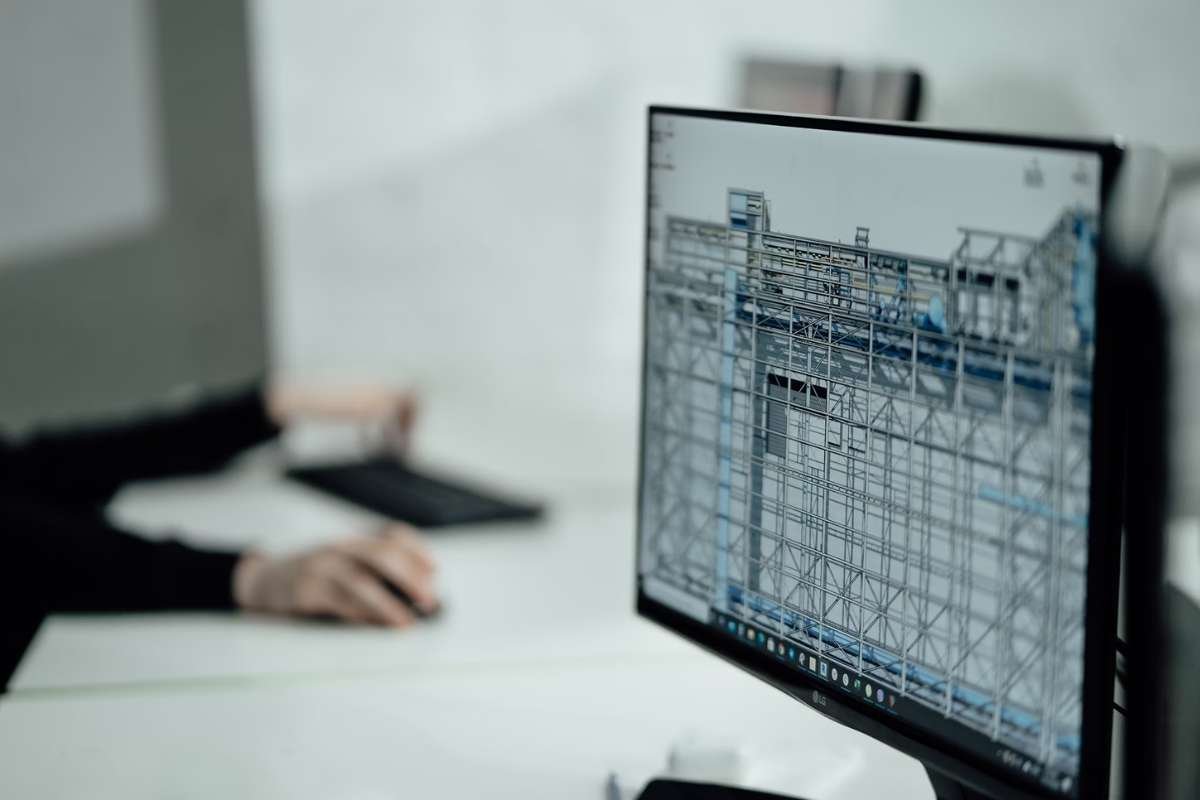Construction Equipment has never been more dynamic, thanks to modern technologies and equipment reshaping how buildings are created. From residential homes to skyscrapers. Building work is not solely conducted using heavy machinery and manual processes. Today’s cutting-edge software and equipment make construction faster, safer, and more cost effective than ever before. Welcome to the age of construction innovation where technology plays a huge role in creating stronger structures with greater sustainability. No matter if you are an experienced contractor or tech enthusiast who enjoys learning about construction tools and software, this blog will take a look at the equipment, tech and software.
The Backbone of the Industry: Key Construction Equipment
Heavy Construction Equipment forms the backbone of modern construction sites. You need it in order to erect bridges or high-rises. Here’s a rundown of what equipment sites rely on:
1. Excavators and Their Versatility
Excavators are one of the most versatile pieces of construction equipment, serving nearly every task imaginable from digging trenches, demolishing buildings, lifting heavy materials, and demolishing roads and bridges to excavating underground utilities. Modern excavators boast advanced hydraulics systems for precise digging as well as GPS navigation for pinpoint targeting as well as hybrid models that reduce fuel consumption without compromising power output.
2. Cranes for High Stakes
Cranes play a big part in construction. From tower cranes towering at dizzying heights to mobile cranes with greater versatility, these heavy machinery giants play an indispensable role. Modern cranes often incorporate smart sensors to monitor weight limits safely while autonomous systems assist operators with maneuvering complex urban spaces more safely.
3. Bulldozers and Loaders
Where muscle meets engineering lies bulldozers and loaders. Heavy machinery that’s often the go-to choice for earthmoving, grading and roadwork projects. Thanks to advances like remote controlled operation and real time data monitoring capabilities, these workhorses have even become powerful tech tools in their own right.
4. The Rise of Robotics
Robotics like brick-laying robots and autonomous demolition machines are growing increasingly popular, as their use allows humans to accomplish repetitive, high-precision tasks more efficiently while decreasing injury risks on hazardous sites. An advantage both in terms of productivity and safety.
Game-Changing Tech Transforming Construction
We have seen the digital revolution reach into every sector of our society, including construction. Exciting technologies are revolutionizing how projects are planned, executed and managed. Providing new possibilities in terms of planning, managing and tracking construction projects.
1. Drone Technology

You don’t need to survey land with tape measures anymore. Drones equipped with cameras and LiDAR sensors are making site inspections, project monitoring, and topographic mapping faster and more accurate than ever. Plus they look cool flying over construction sites giving investors and clients impressive visual progress updates.
2. 3D Printing
3D printing has quickly become one of the premier tools used for building components or even entire houses from scratch. Being able to print custom parts on demand reduces waste while speeding up timelines. An innovative trend in modular construction.
3. Augmented Reality (AR) and Virtual Reality (VR)
You could be walking through an unfinished home or testing structural integrity before placing even one brick. AR and VR tools offer immersive simulations to help architects, contractors, clients, and stakeholders visualize completed projects more clearly resulting in reduced design errors and increased customer satisfaction.
4. The Internet of Things (IoT)
Internet-of-Things devices bring unbelievable connectivity to construction equipment. From smart concrete curing sensors to wearable safety solutions, IoT applications help contractors track efficiency, avoid breakdowns, collect valuable data for optimizing workflows and increase worker safety.
The Software That Brings It All Together

While modern construction projects involve impressive machinery and tech gadgets, software solutions provide the glue that holds everything together. These tools streamline communication, enhance collaboration and offer actionable insights that contribute to the successful completion.
1. Building Information Modeling (BIM)
BIM software serves as the blueprint of the future, enabling professionals to build highly-detailed 3D models of structures prior to construction beginning. BIM promotes collaboration among architects, engineers, contractors and clients during every step of a project’s lifespan to keep projects on schedule and within budget.
2. Construction Management Software
Applications such as Procore, PlanGrid and Buildertrend provide teams with tools for managing schedules, resources and documentation from a centralized dashboard. These platforms increase transparency by providing real-time project updates, making it easier to address issues early and prevent further setbacks.
3. Estimating Software
Put an end to paper estimates. Software such as Sage Estimating and STACK simplifies and enhances accuracy while helping companies bid more competitively for projects.
4. Heavy Equipment Inspection Software
Heavy equipment inspection software streamlines the process of assuring machinery meets both safety standards and optimal working conditions. With these solutions, teams can conduct comprehensive inspections quickly, document findings efficiently, track maintenance schedules more easily, reduce equipment downtime significantly and ensure a safer worksite by digitizing inspection workflows. All while complying with regulatory standards.
5. Safety Compliance Tools
Safety should never be treated as an afterthought. It should be an absolute priority that affects timelines, costs and employee wellbeing. Digital solutions help track compliance, log incidents and provide training modules so everyone on site remains safe and informed.
Challenges in Adopting Technology

Although adopting cutting-edge solutions can present numerous advantages, adapting new solutions often does not come without its fair share of obstacles. Many organizations struggle with training their teams on new software while others experience budget limitations or resistance from staff members when switching over from traditional methods. Industry leaders must champion innovation and demonstrate tangible benefits of modernizing operations to dispel doubts among staff members.
Conclusion
Today’s construction industry is about more than bricks, mortar and machinery. It is about innovation, technology and progress. With every skyscraper that rises, a bridge that spans a river and a house that becomes a home for families around the globe, construction equipment, tech, and software play a huge part in shaping our world. Adopting these advancements helps companies remain competitive while opening the way to a more efficient, sustainable, and rewarding future.
So next time you pass by a construction site, take a moment to appreciate just how far this industry has come. Underneath all of the visible activity lies a complex web of sophisticated tools, innovative software applications, and intelligent machines working in unison to bring our world into existence.









